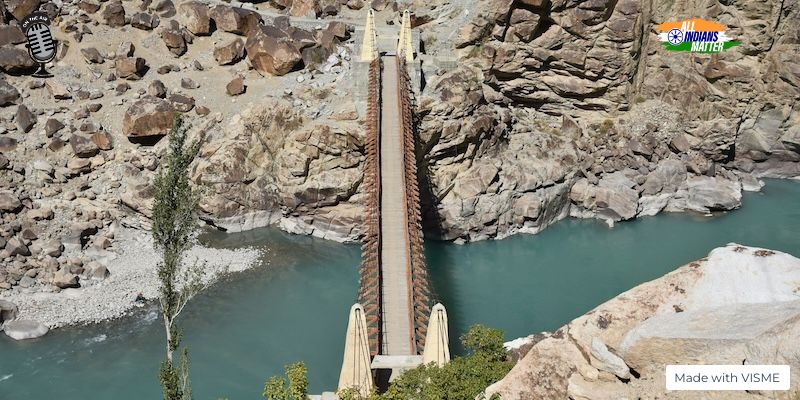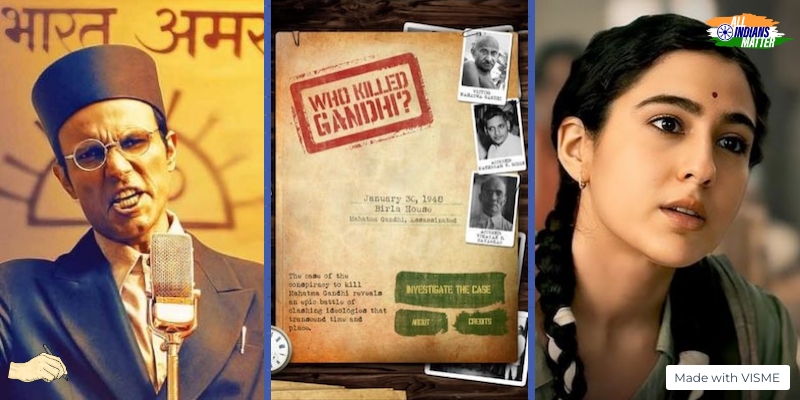Ashraf Engineer
October 7, 2023
EPISODE TRANSCRIPT
Hello and welcome to All Indians Matter. I am Ashraf Engineer.
It took the Lok Sabha 27 years to pass the Women’s Reservation Bill. As it neared the end of its term and a fresh general election, the government convened a special five-day session, the agenda of which was kept a closely guarded secret. The entire exercise was designed as some sort of a political show. I say this because the law won’t come into effect till 2029, so the timing makes it seem suspiciously like it’s meant to bolster the BJP’s 2024 election campaign. Make no mistake, I think there should be 33% reservation for women in legislatures, especially Parliament, but the intent behind the law is suspect. Like I said, it seems to be something done for an election. But, keeping that aside, a strong argument for the law is that the number of women members of the Lok Sabha, believe it or not, has never crossed 15%. This is way below the global average of 25.5%, which by itself is low.
SIGNATURE TUNE
India is committed to global Sustainable Development Goals, among which is full participation and equal opportunities for leadership for women in political, economic and public life. Naturally, this is not possible without an adequate number of seats being held by women in legislatures. Political empowerment is a critical component of gender equality.
The Bill, which reserves 33% of seats for women in the Lok Sabha and state Assemblies, received near unanimous approval in both Houses of Parliament.
Steps like these are urgently needed at a time when the Global Gender Gap Report 2023 says India scores only 36.7% on gender parity related to economic participation and opportunity. India ranks 142 out of 146 countries on the health and survival sub-index. It performs poorly also when it comes to political empowerment.
Several countries have quotas for women legislators. As far as proportion of women legislators is concerned, Rwanda has the highest – 61.3% – in its national legislative chamber. Cuba and Nicaragua are at 55.7% and 51.7%, respectively. India is at 15%, and going by the rate of progress from 2006 to 2023, political equity for women would not be achieved for 162 years.
Therefore, the law has great promise. However, there are several challenges and there is no easy path to political empowerment. Just look at the history of the law.
The root of reservation for women lies in the freedom movement. In 1947, freedom fighter Renuka Ray said: “We always held that when the men who have fought and struggled for their country’s freedom came to power, the rights and liberties of women too would be guaranteed…” In 1971, the National Action Committee on the Status of Women in India debated political representation of women, which was already receding by then. Many members were against reservation for women in legislatures but supported it in panchayats and other local bodies.
In 1988, the National Perspective Plan for Women recommended that reservations be provided to women from panchayat to Parliament. This led to the 73rd and 74th amendments of the Constitution that mandated state governments to reserve one-third of seats for women in Panchayati Raj institutions and one-third of offices of chairperson at all levels of Panchayati Raj Institutions and urban local bodies. One-third of these seats were reserved for Scheduled Caste and Scheduled Tribes.
Bihar, Jharkhand, Maharashtra, Andhra Pradesh, Kerala and Chhattisgarh went a step further by ensuring 50% reservation for women in local bodies.
That brings us to the Women’s Reservation Bill. It was introduced in the Lok Sabha in 1996 as the 81st Amendment Bill by the Deve Gowda-led United Front government. However, the Bill failed to get House approval and lapsed.
In 1998, it was reintroduced by the National Democratic Alliance government, but it failed and lapsed again. It was reintroduced repeatedly – in 1999, 2002 and 2003 – but failed each time.
In 2008, the UPA tabled the Bill in the Rajya Sabha, and it passed. However, it was not taken up in the Lok Sabha and so it lapsed again. The BJP promised 33% reservation for women in 2014 and 2019 but, despite its clear majority, did not introduce the Bill. As I said, it has chosen to do so now, close to a general election.
But, let’s be clear. Political representation is critical but it’s not a complete solution. Getting rid of symbolism and the ingrained patriarchy will require more than this Bill. Societal norms are tougher to change than the law.
Also, ensuring effective participation is a challenge. Among the reasons for this are the gender stereotypes. Women are rarely given prominent portfolios, restricted instead to relatively minor ministries. Indicative of the attitude was Sharad Yadav’s remark that “parkati mahilayen”, or women with short hair, would dominate the quota.
Two politicians who have made a genuine attempt to field more women candidates are Odisha Chief Minister Navin Patnaik and his West Bengal counterpart Mamata Banerjee. In 2019, one third of Patnaik’s party’s 21 Lok Sabha candidates were women. Banerjee fielded 17 women in West Bengal’s 42 seats.
So, the Nari Shakti Vandana Adhiniyam Bill, the formal name of the Women’s Reservation Bill, is an important step. We know that affirmative action works. Quotas for women have improved budgets for services that matter, such as sanitation, health and education. It stands to reason, and this is supported by research, that more women in Parliament means more gender-sensitive laws on issues like sexual harassment, rape and domestic violence.
I want to come to back to what I said earlier: the law is not a panacea by itself. India needs to address the entrenched patriarchy that keeps women as second-class citizens, burdens them in multiple ways and condones violence as a means of keeping their status low.
The Bill represents hope, but achieving true change requires a bigger battle on several other fronts to achieve a truly gender-equal society.
Thank you all for listening. Please visit allindiansmatter.in for more columns and audio podcasts. You can follow me on Twitter at @AshrafEngineer and @AllIndiansCount. Search for the All Indians Matter page on Facebook. On Instagram, the handle is @AllIndiansMatter. Email me at editor@allindiansmatter.in. Catch you again soon.






